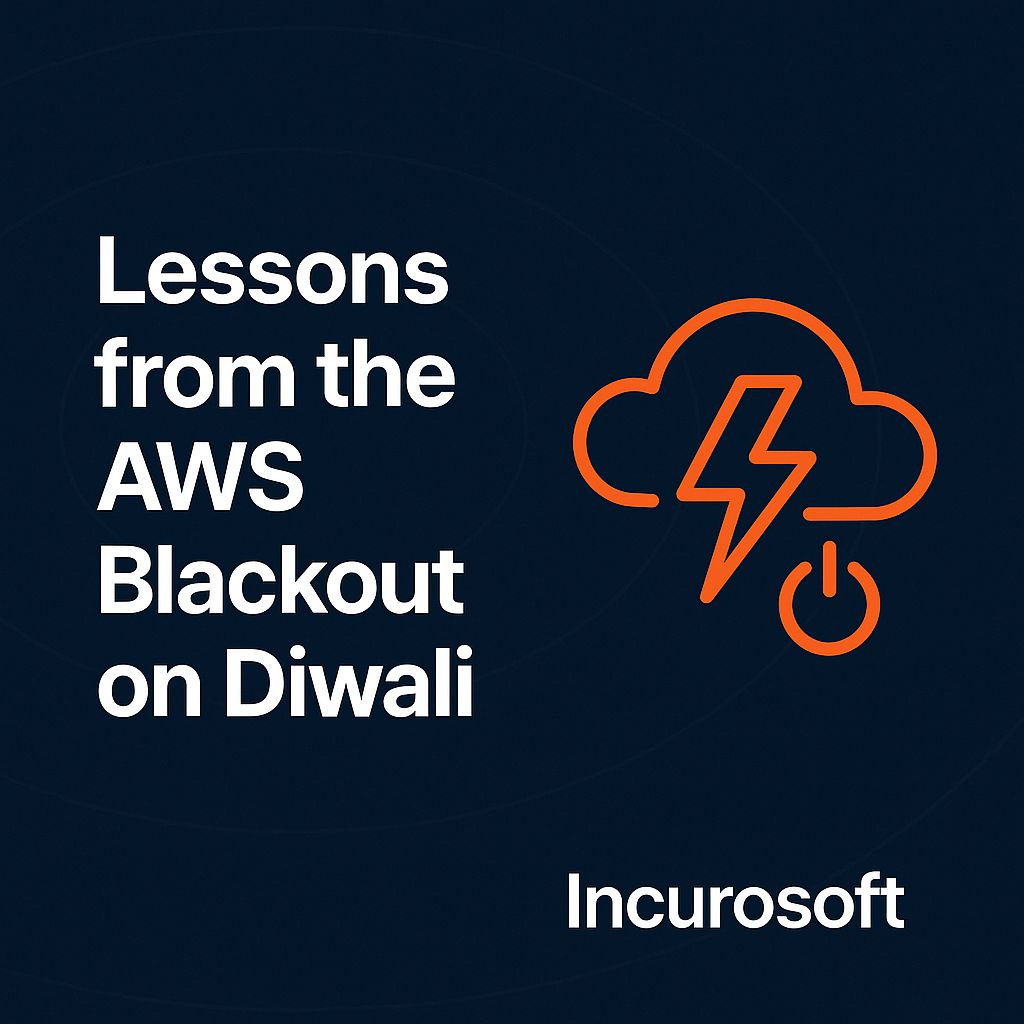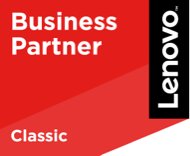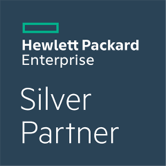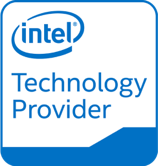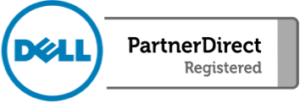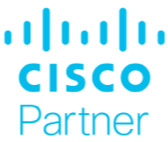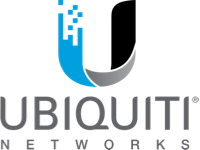In the ever-evolving landscape of financial management, businesses constantly seek robust solutions to streamline their operations and enhance efficiency. Two prominent contenders in this space are Sage 100 ERP and cloud-based financial systems. Both offer unique advantages, and understanding their distinct features can help businesses make informed decisions. Let’s delve into the comparison between Sage 100 ERP and cloud-based financial solutions.
Sage 100 ERP: A Trusted On-Premise Solution
Sage 100 ERP, formerly known as MAS 90 and MAS 200, has long been a trusted name in financial management. As an on-premise enterprise resource planning (ERP) solution, Sage 100 ERP is known for its comprehensive suite of financial and accounting tools designed to meet the needs of small to medium-sized businesses (SMBs).
Key Features of Sage 100 ERP:
Robust Financial Management: Sage 100 ERP offers a wide range of financial modules, including accounts payable, accounts receivable, general ledger, and payroll. This comprehensive suite ensures that businesses can manage their financial operations with precision and accuracy.
Customization: One of the standout features of Sage 100 ERP is its flexibility and customization options. Businesses can tailor the software to meet their specific needs, ensuring that it aligns perfectly with their workflows and processes.
Security and Control: As an on-premise solution, Sage 100 ERP provides businesses with complete control over their data and security protocols. This level of control is especially critical for industries with stringent regulatory requirements.
Integration Capabilities: Sage 100 ERP seamlessly integrates with various third-party applications, enhancing its functionality and enabling businesses to create a unified ecosystem of tools.

Cloud-Based Financial Solutions: The Modern Approach
Cloud-based financial systems have gained significant traction in recent years, offering a modern approach to financial management. These solutions leverage the power of the cloud to provide businesses with flexibility, scalability, and real-time access to financial data.
Key Features of Cloud-Based Financial Solutions:
Accessibility and Mobility: Cloud-based systems can be accessed from anywhere with an internet connection, making them ideal for businesses with remote or distributed teams. This accessibility ensures that decision-makers can stay connected and make informed financial decisions on the go.
Scalability: Cloud solutions are inherently scalable, allowing businesses to adjust their resources based on their needs. Whether a business is experiencing growth or seasonal fluctuations, cloud-based systems can adapt without the need for significant infrastructure changes.
Automatic Updates: Cloud-based financial systems are typically updated automatically, ensuring that businesses always have access to the latest features and security enhancements without the need for manual intervention.
Cost-Efficiency: By eliminating the need for on-premise hardware and maintenance, cloud-based solutions can be more cost-effective, especially for SMBs. Businesses can benefit from a subscription-based pricing model that aligns with their budget.
Choosing the Right Solution
When deciding between Sage 100 ERP and cloud-based financial solutions, businesses must consider their specific needs, industry requirements, and long-term goals. Sage 100 ERP offers robust customization and control, making it suitable for businesses with complex workflows and regulatory demands. On the other hand, cloud-based solutions provide unmatched flexibility, scalability, and cost-efficiency, ideal for businesses looking to embrace modern technology and remote work capabilities.
“Choosing between Sage 100 ERP and cloud-based financial solutions depends on your business's unique needs and goals.”
In conclusion, both Sage 100 ERP and cloud-based financial systems have their merits. Businesses must carefully evaluate their priorities and future aspirations to make an informed choice that will drive their financial management strategy forward. By understanding the strengths and limitations of each solution, businesses can ensure they select the right tool to support their growth and success.




